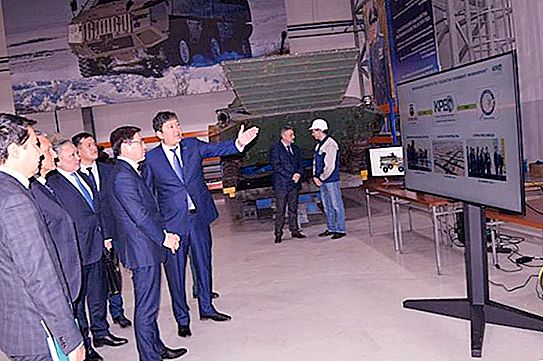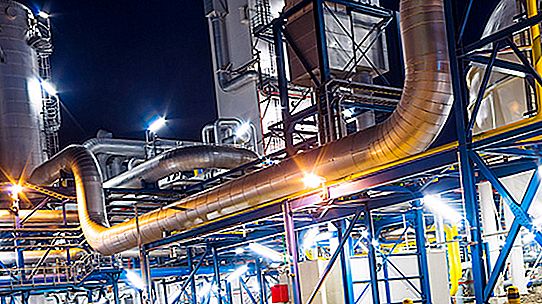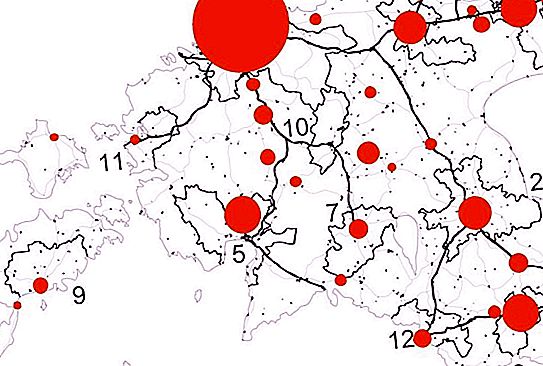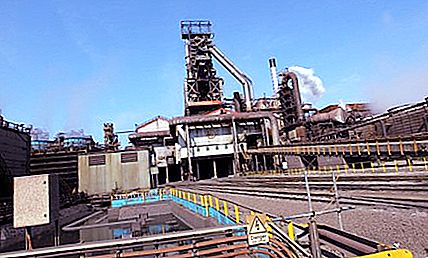The long-term period is a concept in the economy that characterizes a rather long period of time during which a change in all factors of production and the establishment of a new economic equilibrium can occur. Often used for enterprise analysis.
In microeconomics, this is the period during which the company is able to change the volume of production and production factors in order to adapt to the changing situation in the market and in the world. In macroeconomics, this is a long period necessary to achieve equilibrium (in the long run) between production and price levels. The ancestor of the concept is Alfred Marshall.
What is the short run?
Let's consider in more detail. The long-term period is contrasted with the short-term - the period of time during which the company changes production volumes without significant transformation of the basic factors of production. They are called persistent or unchangeable. These include capital equipment, land, qualified personnel and some others. Variable factors include auxiliary materials, raw materials, wage workers, energy.
Long-Term Production
The need to change basic factors is a common phenomenon inherent in the scientific and technological revolution. Constant toughening of environmental standards, increasing requirements for the quality of products, increased competition from other manufacturers and the unstable political situation in a number of countries from which raw materials are purchased, are forcing to change the chains of economic and industrial relations. Those who adapt more actively often win and make big profits in the long run.
For this, it is necessary to purchase more energy-efficient and advanced equipment, build new enterprises, attract progressive specialists or retrain existing ones. To do this quickly is not always possible.
Within the long-term period, the company makes strategic decisions. They relate to the expansion or reduction of production, the change in industry orientation, the modernization and reorganization of production activities.

No less important is the issue of costs. Long-term costs are associated with the purchase of new equipment, staff training, the establishment of new production relationships, and sometimes with investments in new technical developments or the extraction of raw materials.
Time boundaries
The long-term period, as a rule, is significantly longer than the short-term or medium-term. However, it is not the same in different sectors of economic activity and in different organizations.
So, in the aerospace industry, its duration is 2-3 years, and in the energy sector even short-term can last more than 10 years. The transition of energy companies from hydrocarbon to renewable energy requires a complete change in all logistics, infrastructure, principles of work, equipment, replacement or radical retraining of employees. Despite the ambitious plans of many companies, they plan to carry out such a transformation no earlier than 2040–2050 of the 21st century.

Somewhat simpler, but also not easy, a transition is being made from the production of gasoline and diesel cars to electric or hydrogen vehicles. Some firms radically replace equipment and production lines, while others, in general, destroy former enterprises, replacing them with new ones. All this requires a lot of money and effort, but time dictates its own conditions. Gradually, the oil lobby is weakening, and companies, albeit with a creak, are succumbing to the onslaught of modern realities and are changing plans.

Nothing to do?
If radical steps are not taken with an accelerated replacement of equipment and personnel, then the long-term period is the time that will elapse before the current equipment becomes unusable and the current contracts are terminated. For each company, this period of time is individual. And it is not clearly defined, because different factors can lose relevance at different times. Some firms may burn out over the long term.
Short term feature
During the short-term period it is rather difficult to sharply increase output. To do this, you will have to operate the existing equipment as intensively as possible, increase purchases of raw materials, organize overtime work, and hire new employees.
However, the overall size of production and the quality of products, as well as its cost, will remain virtually unchanged. It will be possible (and even not always) to only slightly increase the volume of output. If the company has accumulated stocks of products, then it can increase their supply to the market over time. As they become depleted, this possibility will decrease.





